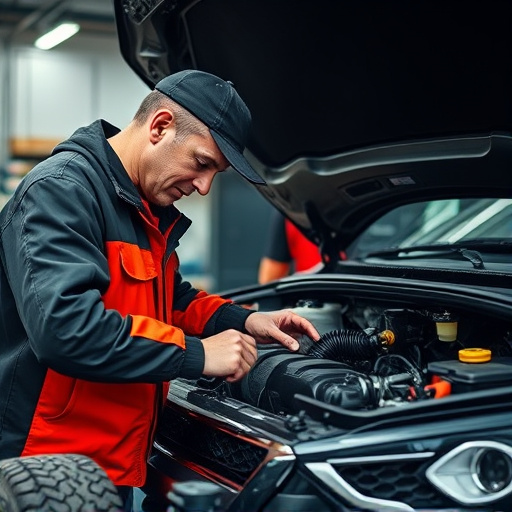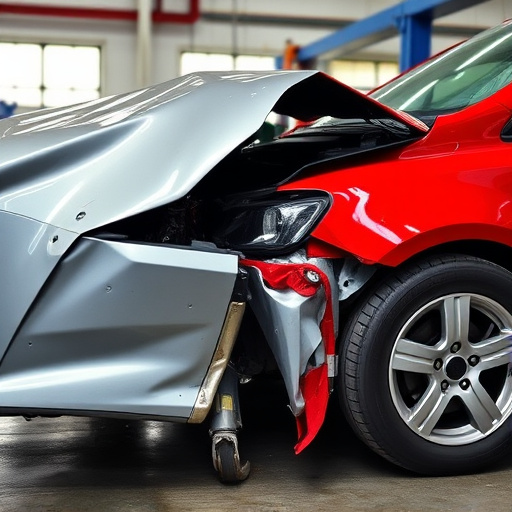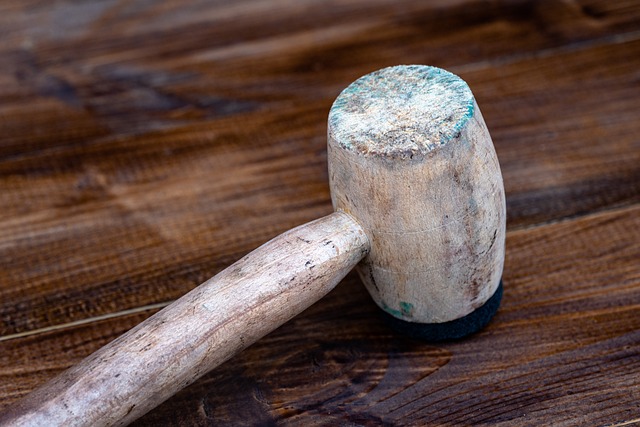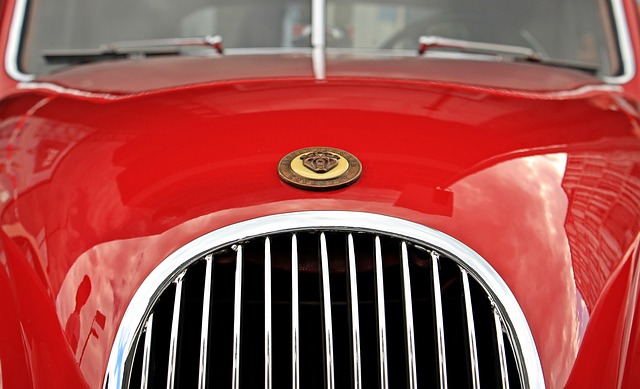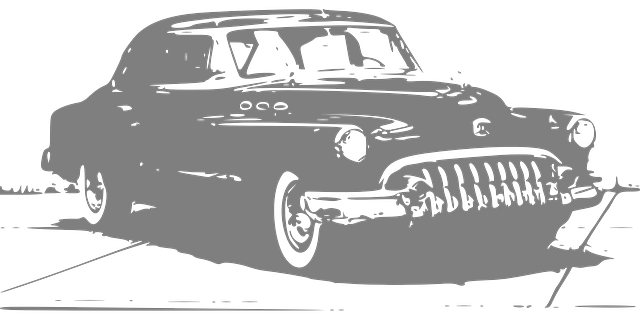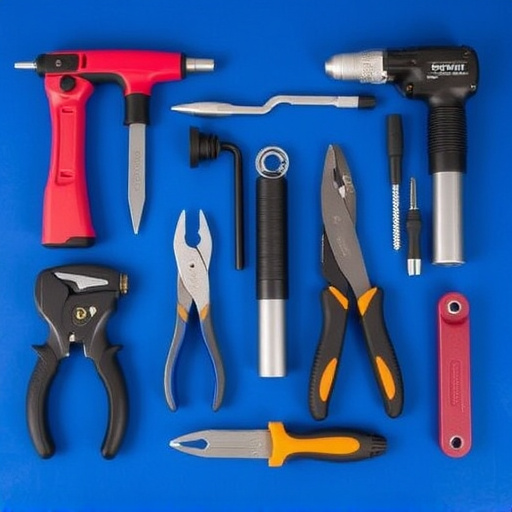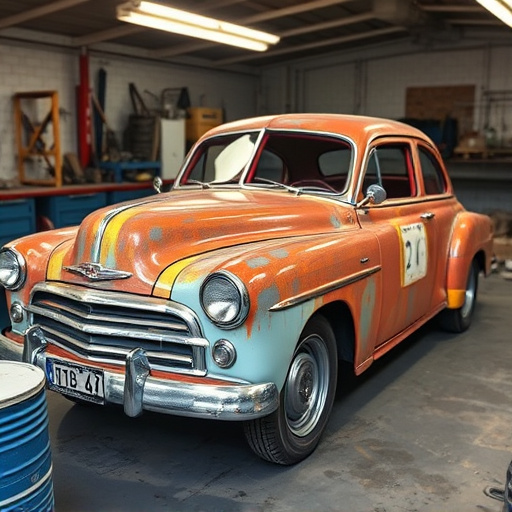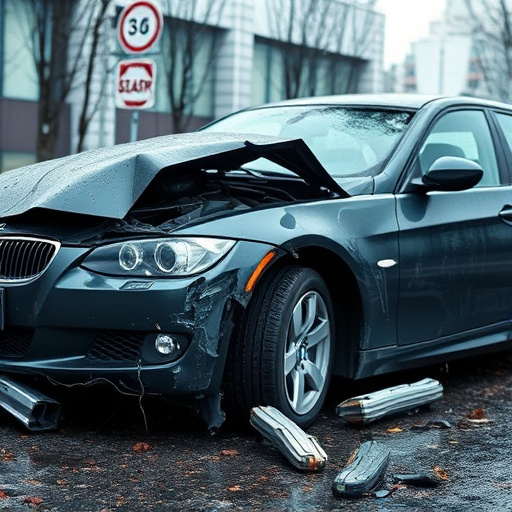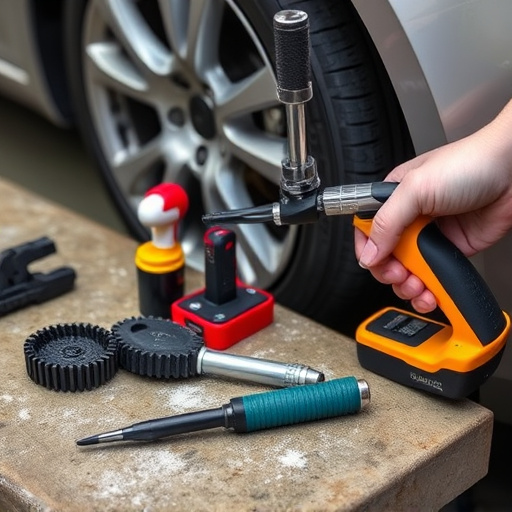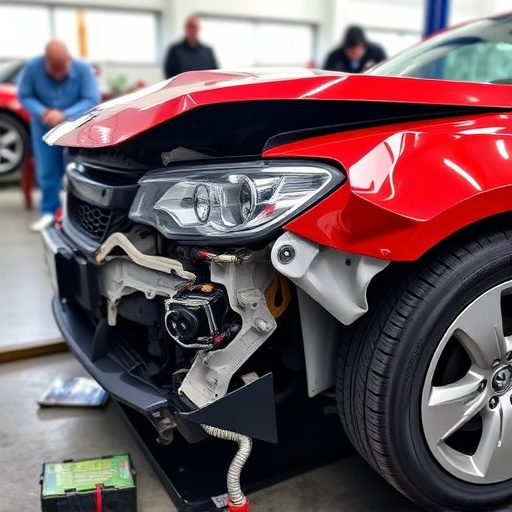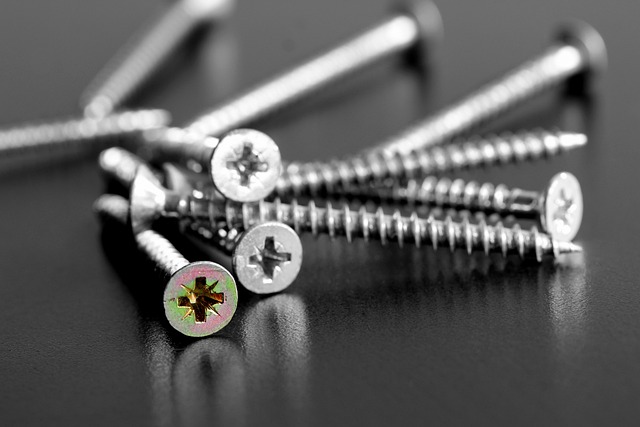The success of auto body repair relies on adhering to PDR quality standards for visual appeal and structural integrity, especially in modern collision repair with advanced techniques. Certification programs are crucial in maintaining these standards by rigorously assessing technicians' skills and ensuring they meet the highest dent removal and paint restoration practices. Certified professionals use specialized knowledge and techniques, resulting in precise car body restoration, improved customer satisfaction, and efficiency. While certification demands ongoing training and investment, it helps collision repair centers maintain consistent quality and stay competitive in the market.
In today’s competitive automotive industry, ensuring top-tier Paintless Damage Repair (PDR) services is paramount. This article delves into how certification closely ties into and strengthens PDR quality requirements. We explore “Understanding PDR Quality Standards” as the cornerstone for excellence, followed by “The Role of Certification,” highlighting its crucial role in compliance. Additionally, we dissect the “Benefits and Challenges” of implementing certified practices, offering insights into navigating this landscape to meet stringent PDR quality standards.
- Understanding PDR Quality Standards: A Foundation for Excellence
- The Role of Certification in Ensuring Compliance
- Benefits and Challenges: Implementing Certified Practices for PDR Quality Requirements
Understanding PDR Quality Standards: A Foundation for Excellence
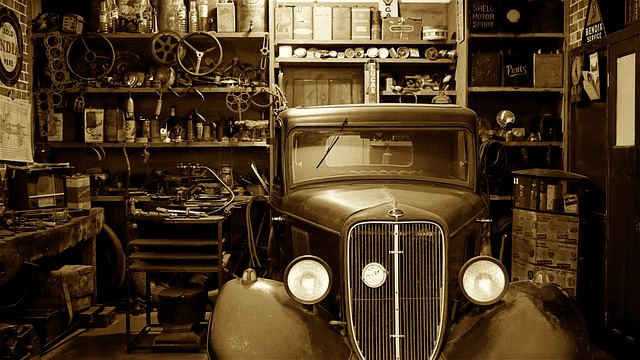
The foundation of any successful auto body repair and restoration process lies in adhering to robust PDR quality standards. These standards serve as a blueprint for excellence, ensuring that every repair is not just visually appealing but also structurally sound. In the context of modern collision repair, where advanced techniques and materials are employed, maintaining these high-quality standards is paramount. Auto body work demands precision, attention to detail, and a deep understanding of vehicle manufacturing nuances.
By aligning with PDR quality requirements, auto body services establish a commitment to delivering top-tier results. This involves utilizing certified professionals who possess the skills and knowledge to handle complex repairs. Certification programs play a pivotal role in this regard, empowering technicians with the latest industry insights and best practices, ultimately contributing to the overall excellence of collision repair processes.
The Role of Certification in Ensuring Compliance
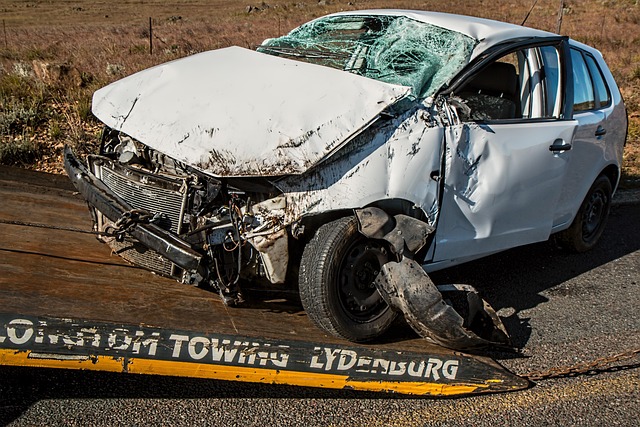
Certification plays a pivotal role in ensuring compliance with PDR (Paintless Dent Repair) quality standards across all vehicle collision repair and car paint services. Reputable certification programs vet and validate the skills and knowledge of technicians, confirming their proficiency in performing high-quality dent removal and paint restoration. This ensures that customers receive consistent, expert care when visiting a collision repair shop.
By adhering to these stringent standards, certified professionals uphold the integrity of the PDR process, guaranteeing visually appealing and durable repairs for all types of vehicle damage. This commitment to excellence not only safeguards customer satisfaction but also fosters trust in the overall collision repair industry, differentiating quality shops from their peers.
Benefits and Challenges: Implementing Certified Practices for PDR Quality Requirements
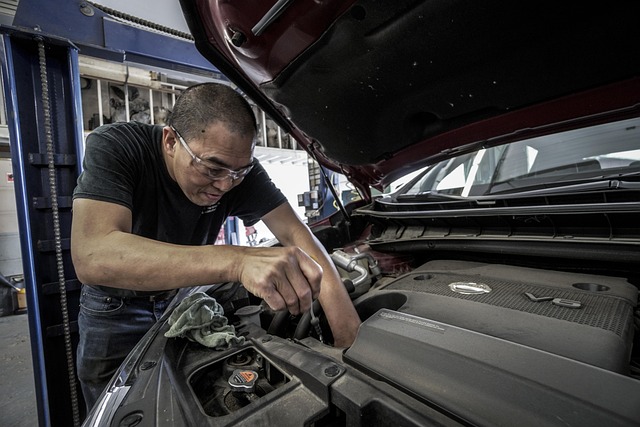
Implementing certified practices brings significant benefits to meeting PDR quality standards in automotive collision repair centers. These practices ensure that repairs are carried out using recognized, high-quality techniques and materials, enhancing customer satisfaction by delivering precise car body restoration. Certified professionals are equipped with specialized knowledge, staying abreast of industry advancements and best practices, which translates into improved efficiency and reduced repair times.
However, the process also presents challenges. Certification requires ongoing training and investment in resources, demanding commitment from both staff and management. Keeping up with evolving standards can be demanding, particularly for smaller collision repair centers. Balancing these demands while maintaining consistent quality across all aspects of automotive collision repair is a delicate task, requiring strategic planning and adaptation to stay ahead in the competitive market.
Certification plays a pivotal role in aligning practices with the stringent PDR quality standards, fostering a culture of excellence. By adhering to certified procedures, professionals can ensure consistent compliance, ultimately enhancing customer satisfaction and maintaining the integrity of PDR services. While challenges exist in implementation, the benefits of certification are undeniable, leading to improved outcomes and a more robust standard across the industry.
